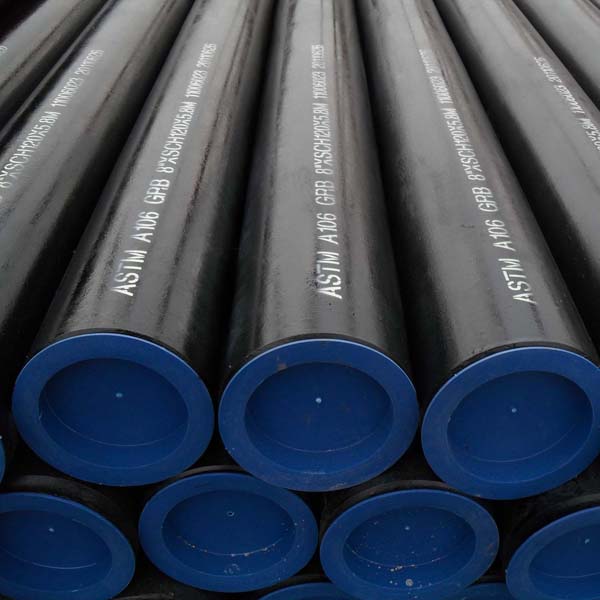Heat treatment furnace body new structure. In the 1970s, a new type of refractories, aluminosilicate refractory fibers, emerged and were successfully applied to heat treatment furnaces in the 1980s, completely changing the structure of brick furnaces. In the furnace temperature of 950 °C heating process, 1m2 area of ​​the furnace wall, the use of clay refractory bricks and aluminum silicate refractory fiber products performance comparison. The low bulk density and low thermal conductivity of the light weight refractory fiber material of the furnace body make the weight of the whole fiber lining of the fiber furnace wall only 1/27 of the refractory brick body, and the heat loss is only 1/8 of the brick wall of the brick body. This effect is very significant on large furnaces: the surface area of ​​furnaces in large furnaces is more than 200m2, and the annual heat treatment capacity is 3000h. One medium-sized diesel fuel heat treatment of 15m × 3.5m × 4.2m (length × width × height) The furnace will save 520 tons of diesel annually, and the weight of the furnace refractories will be reduced by 285 tons.
The key is to solve the problem of fixing and thermal shrinkage of fire-resistant fibers: This problem has been solved by combining large-scale refractory fiber bonding technology and large-plate assembly technology developed in China. The entire furnace body consists of several prefabricated wall panels, which are hung on the steel skeleton on site and assembled into a furnace body. Compared with brick fired bricks, loading and unloading is simple and the installation cycle is greatly reduced. The different physical properties of lightweight flame-retardant fibers and firebricks of steel structure make the furnace have good thermal shock stability, there is no problem of thermal expansion of the refractory brick masonry, and the rapid contraction of cooling, prevents the steel lining plate from affecting the steel due to thermal expansion. The strength and stability of the skeleton make the steel skeleton of the furnace lighter. The steel frame is welded by steel profiles, steel plates, etc. It is lightweight and reliable. Compared with ordinary brick furnaces, it can reduce steel consumption by 40%, and simplifies the infrastructure and reduces civil engineering investment.
Seamless Steel Pipe is so widely used. Most general purpose seamless Steel Pipe, mainly used by the ordinary carbon structural steel, low alloy steel or alloy steel rolling, yield transporting fluids or structural components.Seamless steel pipe production process can be divided into two kinds of cold-drawn and hot-rolled, cold-rolled seamless steel pipe production process is generally more complicated than hot-rolled, hot rolled Seamless Pipe diameter is generally greater than 32mm, wall thickness 2.5-200mm, rolled seamless steel pipe diameter can go to 6mm, wall thickness can be 0.25mm, thin-walled tube diameter to 5mm wall thickness of less than 0.25mm, cold than hot-rolled high dimensional accuracy.
Product:Seamless Steel Pipe
Size:DN10-DN900
Materials: A53-B,A106-B,API5L-B,A106-C,A333-3,A312,ST37/35/52,X42,X52,X60...
Thickness: 2mm-60mm.
Standard:ASTM,JIS,DIN,GOST.......
Crafts: Hot-Rolled, Cold Drawn, Thermal Expansion, ERW, LSAW...
Connection: Welding,Threaded.
Package: Paint, Anti-rust oil, Canvas Packaging, According to customer requirements.
Brand Name: HY
Place of Origin: China (Mainland)
Certification: API 5L.ISO.UKS.SGS.BV
Application: Chemical, Water, Oil and gas, Electricity

Seamless Steel Pipe
Seamless Steel Pipe,Seamless Pipe,Seamless Steel Tube,Galvanized Steel Pipe
CANGZHOU HAOYUAN PIPE FITTINGS MFG CO.,LTD , https://www.pipefitting-china.com